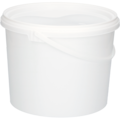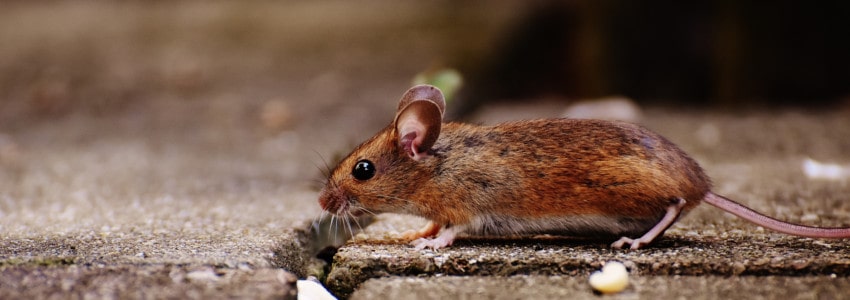
Pest Guide: Mice.
The two most common mouse species in Sweden are the house mouse and the forest mouse. A house mouse is about 9 cm long with an equally long tail and has a gray-brown coat that often changes to yellow-brown. A forest mouse can be both smaller and larger than a house mouse and is characterized by their yellow-brown color on the back which often changes to reddish brown. The wood mouse has larger eyes and ears compared to house mice and their droppings are shorter and thicker.
Mice reside in walls, cavities and under larger equipment, storage spaces and furniture. They are omnivorous, but seeds and grains are at the top of the food list. In this guide we will go through why it is important to fight mice, give you tips on how to detect mice and what you can do for prevention to keep the mice away.
Why fight mice?
Mice can get through minimal nooks and crannies and it happens that they build nests where there are electrical cables and then the consequences can be very serious. They can damage most materials and objects through their sharp teeth.
But above all, mice can spread infections such as salmonella and sork fever through their droppings. As mice reproduce very quickly, it is important to discover as soon as possible that you have a mouse problem and take action.
Signs of problems with mice
It is not always easy to detect mice as they can get through small, as small as 5 mm. There they then build a nest and stay. There are some signs that you should be aware of that may indicate problems with mice. Below we list the signs that clearly indicate the presence of mice:
- Rodent marks - such as broken food packaging
- Mouse droppings - the mice's feces are dark and are 3-8 mm long. You can usually find them near their nest or along lists
- Noise - beeping or squeaking at night as it is their most active time of the day
- Tracks - on dustier surfaces or with the help of tracing powder. There may also be traces of living material
- Rubbing marks - their fur is oily, which means that you see rubbing marks on surfaces or objects
- Urine pillars - 4 cm high and 1 cm wide, can be detected in major attacks
- Good to know - They usually build their nest within a few meters of their primary food source
How to avoid mice
Depending on the area or activity, it can be an advantage to use methods that minimize the risk of mice establishing themselves in the immediate area. Below we have listed some ways that can be used for preventive purposes:
- Sealing of the mice's most common entrances. Valves, chimneys, cracks, holes for sewers, cable glands or cracks, floor drains and windows and doors that are not tight
- Avoid storage directly on the ground and use plastic containers with closures that protect against attack
- Make sure that bins are properly sealed
- Keep all surfaces clean, both indoors and outdoors
This is how you get rid of mice
Today, there are several alternatives to effective control of mice. It is usually an advantage to combine different methods to quickly gain control of the situation. Below is a checklist that can be used as needed and situation:
- Mouse traps - blow traps, electric mousetraps with a more humane technology, and traps for live capture of mice
- Bait that best attracts mice are fatty foods such as bacon, dried meat, raisins, fish. There are also professional special lures such as Provoke
- With the help of tracking powder, you can quickly locate the pests and streamline control
- Deterrent or ultrasound scare specially adapted to be heard by mice only
Recommended products for figthing mice
Recommended products to prevent problems with mice
Check out Tingstads services
-
![]()
Pest Control program.
Our Pest Control program is designed to provide you with long-term and worry-free results. Our pest technicians have the knowledge required to give you practical advice on what can be improved in your business to keep your pests away.
Read more


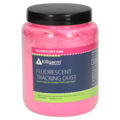


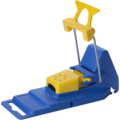
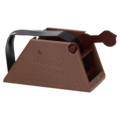
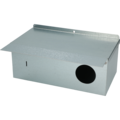
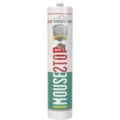

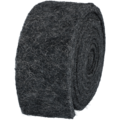



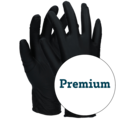

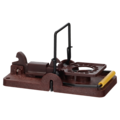
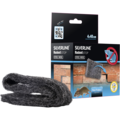
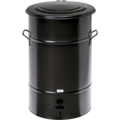

![[KlimatkompassenⓇ] [KlimatkompassenⓇ]](/fixed/productclimateimages/Gallery/110300-1.png)
